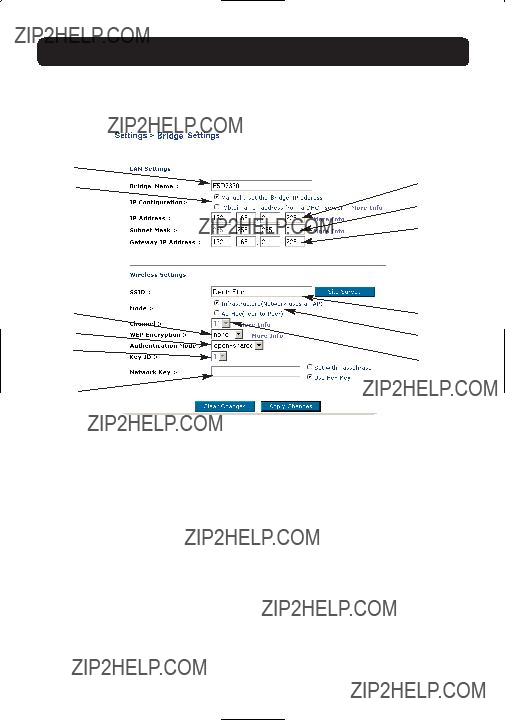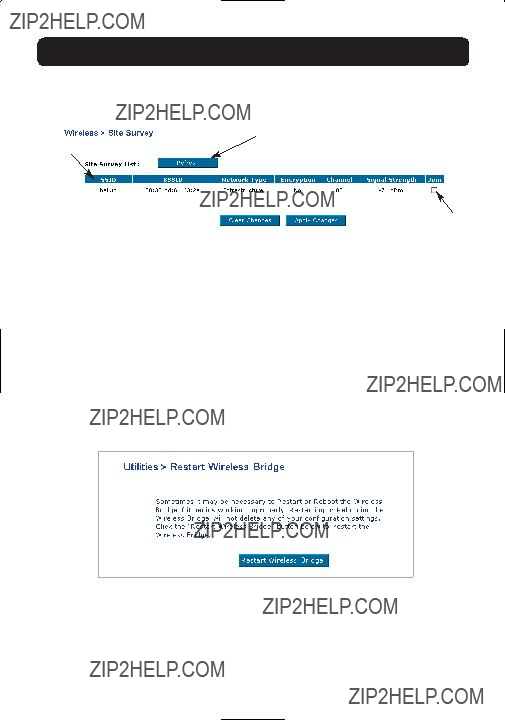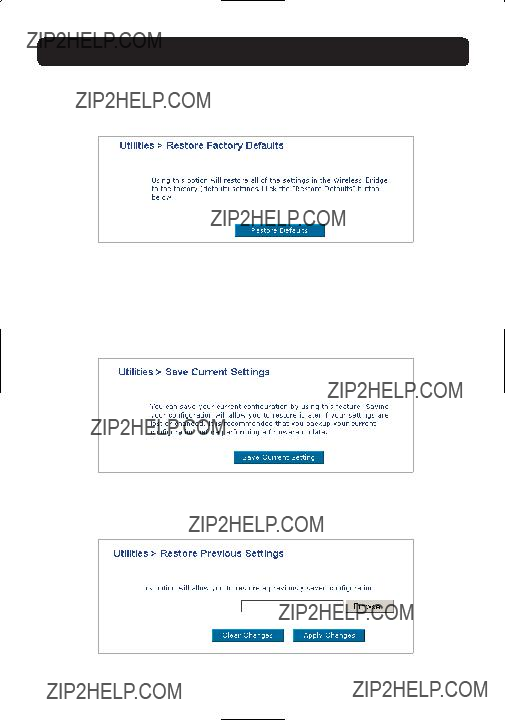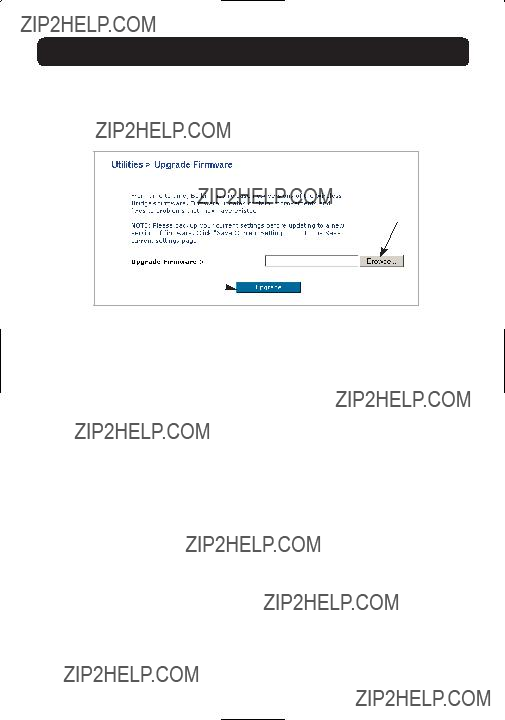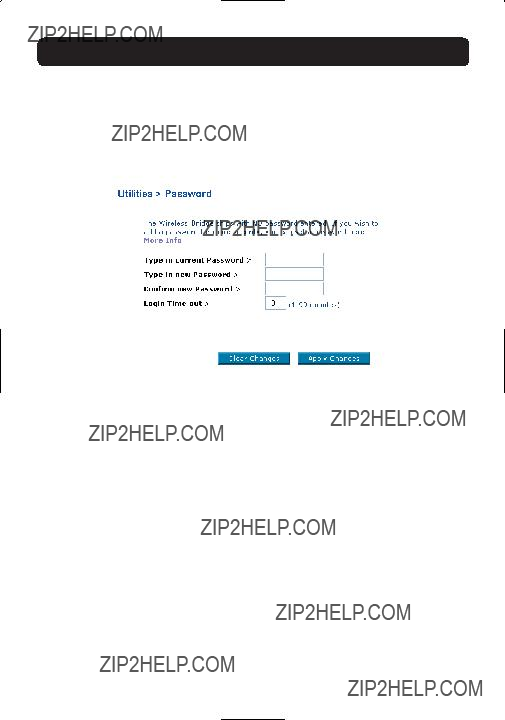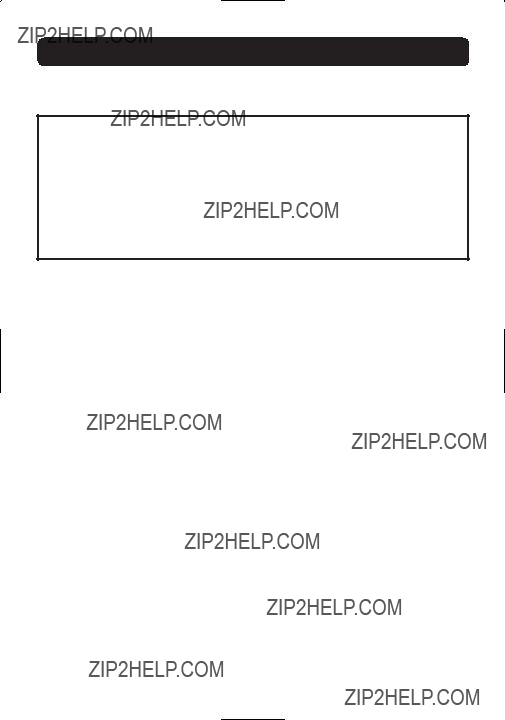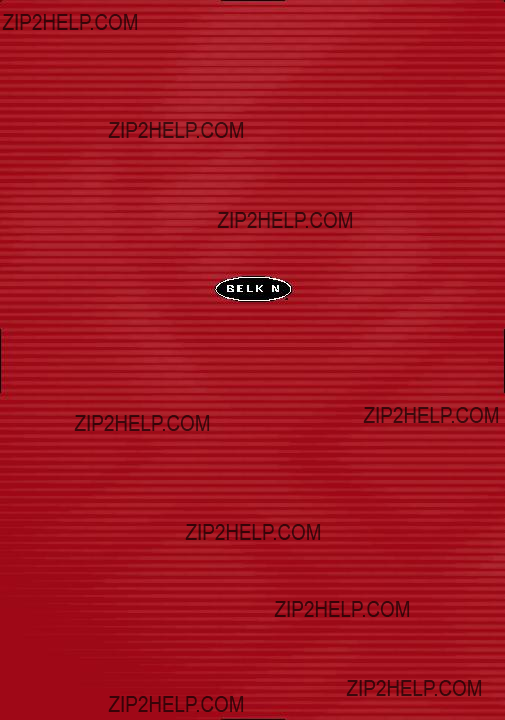
belkin.com
Belkin Tech Support
US: 877.736.5771 310.898.1100 ext. 2263 Europe: 00 800 223 55 460 Australia: 1800 666 040
Belkin Corporation
501 West Walnut Street
Compton ??? CA ??? 90220 ??? USA
Tel: 310.898.1100
Fax: 310.898.1111
Belkin Components, Ltd.
Express Business Park ??? Shipton Way Rushden ??? NN10 6GL ??? United Kingdom Tel: +44 (0) 1933 35 2000
Fax: +44 (0) 1933 31 2000
Belkin Components B.V.
Starparc Building ??? Boeing Avenue 333 1119 PH
Fax: +31 (0) 20 654 7349
Belkin, Ltd.
7 Bowen Crescent ??? West Gosford
NSW 2250 ??? Australia
Tel: +61 (0) 2 4372 8600
Fax: +61 (0) 2 4372 8603
P74397
?? 2003 Belkin Corporation. All rights reserved. All trade names are registered trademarks of respective manufacturers listed. Mac and AppleTalk are trademarks of Apple Computer, Inc., registered in the U.S. and other countries. 54g and the 54g logo are trademarks of Broadcom Corporation in the United States and other countries.
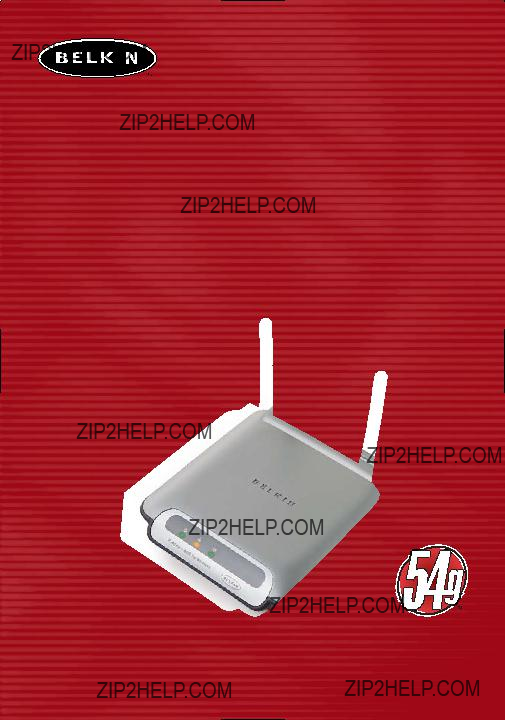





 b
b



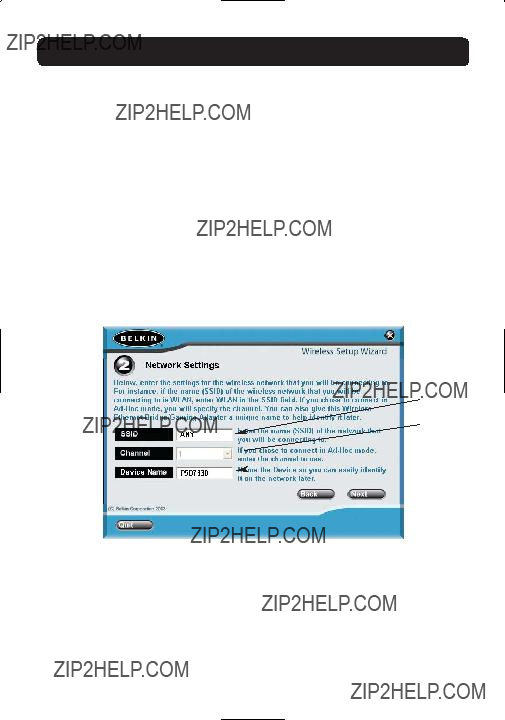
 c
c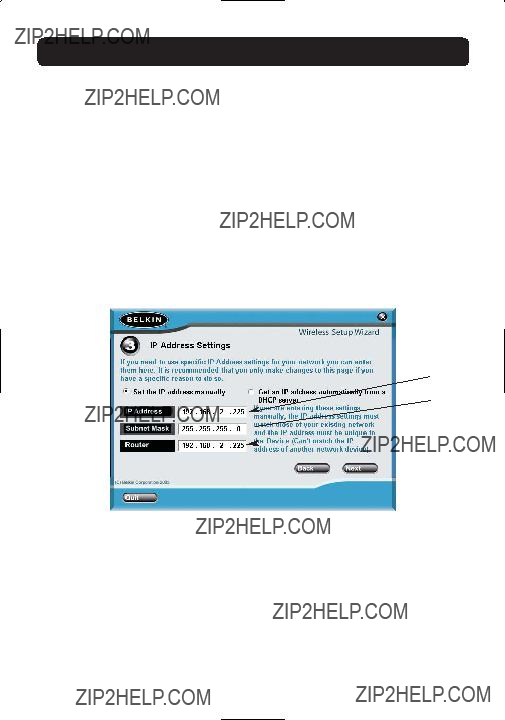
 c
c




